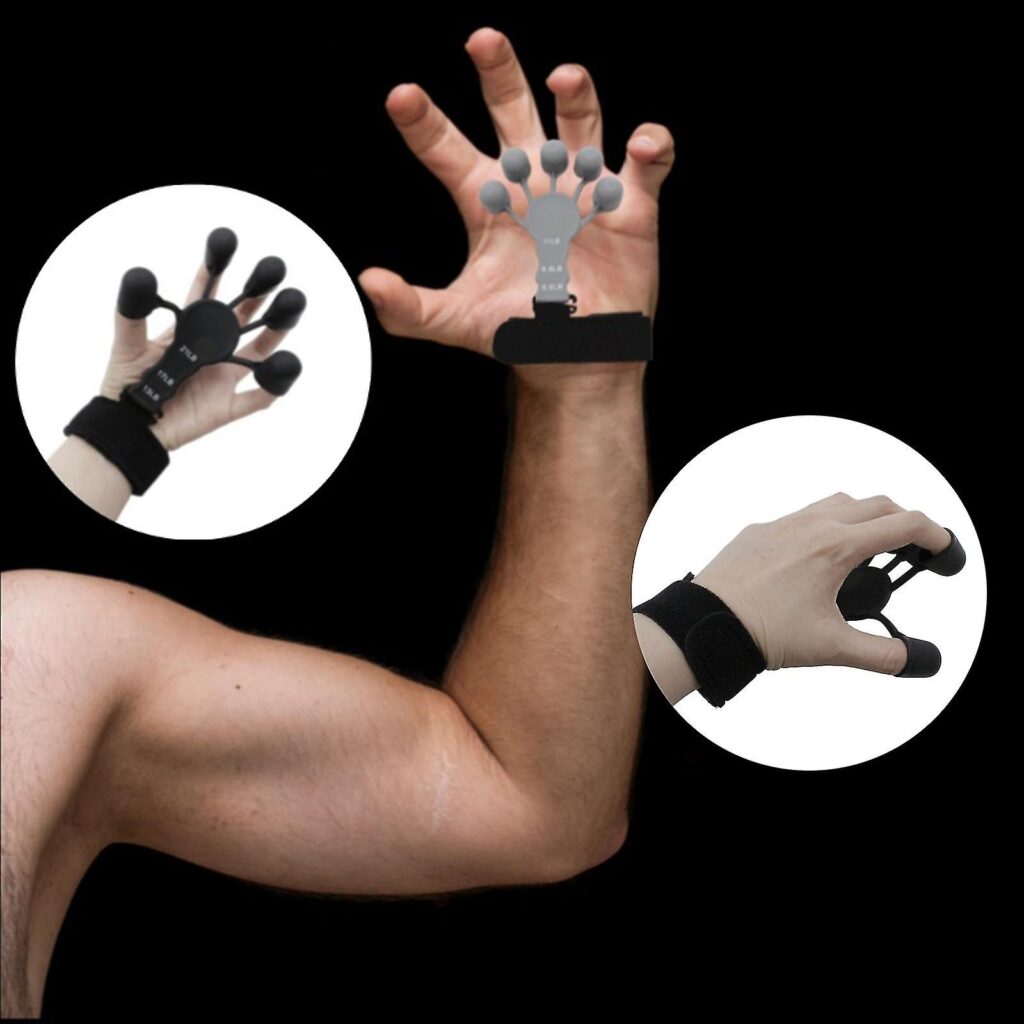In the realm of fitness and strength training, there exists a realm often overlooked but crucial for overall functional strength: grip strength. The Hand Gripster, a versatile and effective tool, has been gaining popularity among fitness enthusiasts, athletes, and even those rehabilitating from hand injuries. In this comprehensive guide, we’ll delve into the importance of grip strength, the mechanics of the Hand Gripster, its benefits, and how to incorporate it into your training regimen.
Understanding Grip Strength
Grip strength, simply put, refers to the ability to generate force with one’s hands and fingers. While it might seem like a niche aspect of fitness, grip strength plays a vital role in various activities of daily living, sports performance, and injury prevention.
In everyday life, a strong grip can make tasks like carrying groceries, opening jars, and lifting heavy objects much easier and safer. In sports, grip strength is essential for athletes in activities such as rock climbing, wrestling, golf, tennis, and even basketball, where a strong grip can improve ball handling.
Furthermore, research has shown correlations between grip strength and overall health. A study published in The Lancet found that grip strength is a reliable indicator of overall muscle strength and is associated with a lower risk of cardiovascular disease and mortality.
Introducing the Hand Gripster
The Hand Gripster is a tool specifically designed to target and improve grip strength. It consists of a durable plastic or metal frame with handles that you squeeze together using your fingers and palm against adjustable resistance.
Mechanics of the Hand Gripster
The Hand Gripster typically features adjustable resistance levels, allowing users to progressively increase the challenge as their grip strength improves. The resistance mechanism often involves springs or pistons that provide varying levels of tension.
Additionally, some models of the Hand Gripster feature ergonomic designs with contoured handles, providing a comfortable and secure grip during exercises. This ergonomic design is crucial for reducing the risk of hand fatigue and injury during prolonged training sessions.
Benefits of Using the Hand Gripster
Incorporating the Hand Gripster into your training routine offers a multitude of benefits beyond just improving grip strength.
Enhanced Grip Strength
The primary benefit of using the Hand Gripster is, of course, the improvement of grip strength. Regular training with the Hand Gripster can lead to stronger hands, fingers, and forearms, making everyday tasks easier and improving performance in various sports and activities.
Injury Prevention
Strong grip muscles contribute to overall hand and wrist stability, reducing the risk of injuries such as sprains and strains. For athletes involved in sports that require repetitive gripping motions, like tennis or weightlifting, strengthening the grip can help prevent overuse injuries.
Improved Dexterity and Coordination
Training with the Hand Gripster can also enhance dexterity and coordination in the hands and fingers. This can be particularly beneficial for musicians, surgeons, and other professionals who rely heavily on fine motor skills.
Rehabilitation
Individuals rehabilitating from hand injuries or conditions such as carpal tunnel syndrome can benefit from using the Hand Gripster as part of their recovery regimen. The adjustable resistance allows for gradual strengthening of the affected muscles and tendons, promoting healing and restoring function.
Portability and Convenience
One of the advantages of the Hand Gripste’r is its portability and convenience. Unlike bulky gym equipment, the Hand Gripster is compact and lightweight, making it easy to use anywhere, whether at home, in the office, or while traveling.
How to Use the Hand Gripster Effectively
To maximize the benefits of the Hand Gripster, it’s essential to use it correctly and incorporate it into a well-rounded training program. Here are some tips for effective Hand Gripste’r training:
Warm-Up
Before starting your Hand Gripster workout, warm up your hands, wrists, and forearms with gentle stretching and mobility exercises. This helps improve circulation and prepares your muscles for the upcoming workout.
Start with Proper Form
Hold the Hand Gripster with a firm but comfortable grip, ensuring that your fingers are wrapped securely around the handles. Keep your wrist in a neutral position to prevent strain, and avoid using excessive force or gripping too tightly, especially when starting with lower resistance levels.
Gradually Increase Resistance
Begin with a resistance level that allows you to perform 10-15 repetitions with proper form. As you progress, gradually increase the resistance to continue challenging your grip strength. Aim to complete 2-3 sets of each exercise, with adequate rest between sets.
Vary Your Grip
The Hand Gripster allows for different grip positions, including crush grip (closing the fingers and palm against resistance), pinch grip (squeezing the handles together with just the fingertips), and support grip (holding the handles for time). Incorporate variations to target different muscle groups and improve overall hand strength.
Listen to Your Body
Pay attention to how your hands and forearms feel during and after training. If you experience any pain or discomfort, stop the exercise and reassess your form or reduce the resistance level. It’s essential to prioritize safety and avoid overtraining or causing injury.
Conclusion
The Hand Gripster is a versatile and effective tool for improving grip strength, enhancing hand dexterity, and preventing injuries. Whether you’re an athlete looking to boost performance, someone rehabilitating from a hand injury, or simply seeking to improve your overall functional strength, incorporating the Hand Gripste’r into your training routine can yield significant benefits.
Remember to start gradually, prioritize proper form, and listen to your body’s signals to ensure a safe and effective training experience. With consistent practice and dedication, you’ll soon experience the tangible benefits of stronger, more resilient hands and forearms, both inside and outside the gym.







